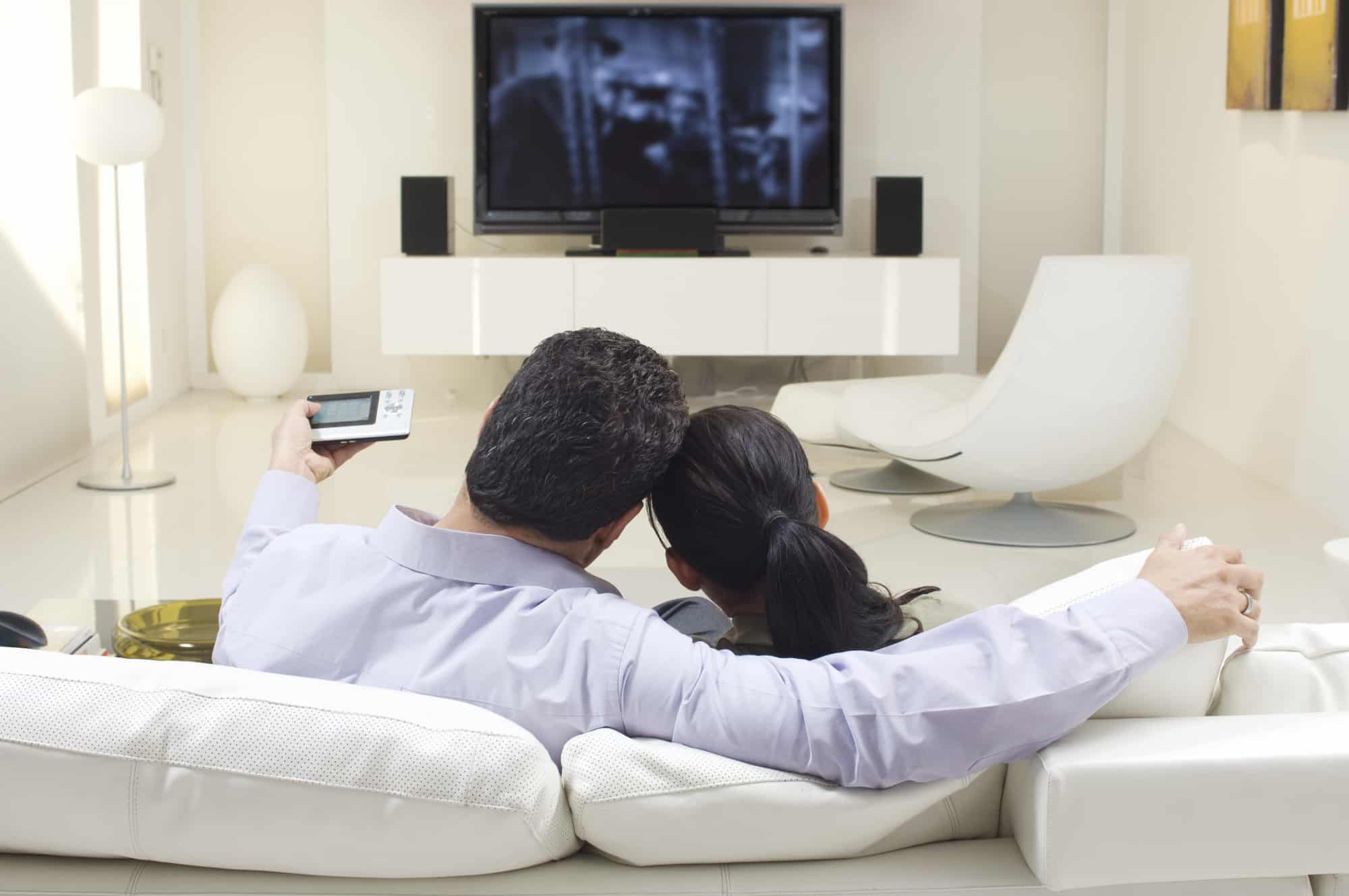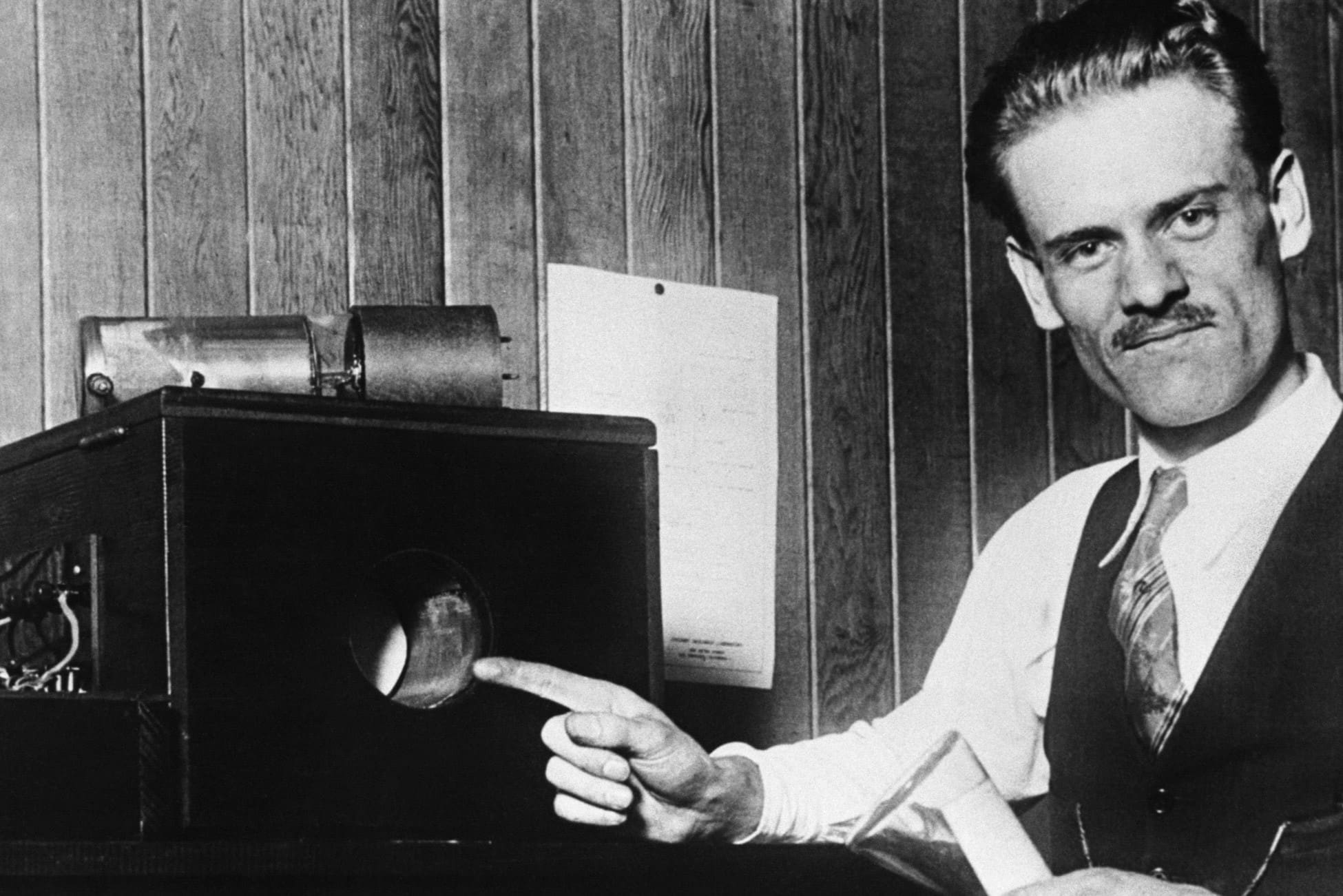Home>Technology>Home Entertainment Systems>When Were Television Remotes Invented?


Home Entertainment Systems
When Were Television Remotes Invented?
Modified: January 9, 2024
Discover the history of home entertainment systems and learn about the invention of television remotes. Explore the evolution of remote controls and their impact on modern living.
(Many of the links in this article redirect to a specific reviewed product. Your purchase of these products through affiliate links helps to generate commission for Storables.com, at no extra cost. Learn more)
Introduction
Television remotes have become an indispensable part of modern home entertainment systems, allowing users to effortlessly navigate through channels, adjust volume, and access a myriad of functions with just the click of a button. However, the convenience and innovation embodied by today’s sleek and multifunctional remotes have a rich history that dates back to the early days of television. Exploring the evolution of television remotes not only unveils the remarkable advancements in technology but also provides a fascinating insight into the ways in which our viewing experiences have been transformed over the years.
Join me on a journey through time as we delve into the intriguing origins and development of television remote control devices, from their humble beginnings to the cutting-edge, feature-rich remotes that have revolutionized the way we interact with our TVs. Let’s uncover the fascinating story behind the invention of television remotes and how they have evolved into essential accessories for modern home entertainment systems.
Key Takeaways:
- Television remotes have come a long way from the “Lazy Bones” to today’s smart remotes, evolving to offer convenience and control in our home entertainment systems.
- The journey of television remotes reflects the relentless pursuit of innovation, from the first wireless remote “Flashmatic” to the sophisticated, feature-rich remotes of today.
Read more: When Were Gutters Invented
Early Television Remote Control Devices
In the early days of television, the concept of a remote control was a distant dream. Viewers were required to physically adjust the settings on their TV sets, including toggling between channels and adjusting the volume, by manually turning dials and knobs. This inconvenience prompted inventors and engineers to explore the possibility of creating a device that could facilitate remote operation of televisions.
One of the earliest remote control devices for televisions was the “Lazy Bones,” introduced by Zenith Radio Corporation in 1950. The Lazy Bones utilized a cable that connected the remote control to the television set, allowing users to change channels and adjust volume without having to get up from their seats. While this innovation marked a significant leap forward in television technology, the tethered nature of the device limited its practicality and convenience.
Following the introduction of the Lazy Bones, other pioneering remote control systems emerged, each aiming to enhance the viewing experience for television audiences. These early devices often relied on mechanical components and infrared technology to transmit signals to the television set, paving the way for the wireless remote controls that would later become ubiquitous in households around the world.
Despite their limitations, these early television remote control devices laid the groundwork for the revolutionary advancements that would shape the future of home entertainment. The quest to perfect the remote control and make it an indispensable companion to the television set was underway, setting the stage for the next chapter in the evolution of television remotes.
The First Wireless Remote Control
The breakthrough in remote control technology came with the advent of the first wireless remote control for televisions. In 1955, Eugene Polley, an engineer at Zenith Electronics, unveiled the “Flashmatic,” a pioneering wireless remote control that utilized light to transmit signals to the television set. This innovative device marked a significant milestone in the evolution of television remotes, liberating viewers from the constraints of physical tethers and paving the way for a new era of convenience and control.
The Flashmatic remote control employed four photocells, one in each corner of the television screen, and used a directional flashlight as the transmitter. By pointing the flashlight at the desired photocell, users could change channels and adjust the volume without the need for physical contact with the television set. The Flashmatic’s wireless functionality and intuitive operation represented a paradigm shift in how viewers interacted with their televisions, setting a precedent for the wireless remote controls that would follow.
Despite its innovative design, the Flashmatic had its limitations. The photoelectric cells were sensitive to ambient light, often causing unintended channel changes when exposed to sunlight or other light sources. Additionally, the Flashmatic’s reliance on line-of-sight communication meant that users had to aim the flashlight precisely at the photocells for the commands to be received, posing a challenge for consistent and reliable operation.
Nevertheless, the introduction of the Flashmatic laid the groundwork for further advancements in remote control technology, inspiring engineers and inventors to refine and improve the wireless remote control concept. The pioneering spirit embodied by the Flashmatic set the stage for the evolution of television remotes into the sophisticated, feature-rich devices that have become essential companions to modern televisions.
The television remote was invented in 1950 by Robert Adler, an American engineer. He developed the first remote control called the “Zenith Space Command.”
Evolution of Television Remotes
From the humble beginnings of the Lazy Bones to the groundbreaking wireless technology of the Flashmatic, the evolution of television remotes has been characterized by continuous innovation and refinement. As the demand for enhanced user experiences grew, so did the capabilities of remote control devices, leading to a series of transformative developments that have shaped the modern landscape of home entertainment.
Following the era of the Flashmatic, infrared (IR) technology emerged as a prevalent means of wireless communication for remote controls. This technology allowed for more reliable and versatile remote operation, paving the way for the development of iconic remote control designs that would become synonymous with television viewing. The 1970s witnessed the introduction of remote controls with dedicated buttons for specific functions, offering users greater control and convenience.
As television technology advanced, so did the features and capabilities of remote controls. The introduction of on-screen menus, digital displays, and programmable functions revolutionized the user experience, empowering viewers to navigate through a multitude of channels and settings with ease. The integration of universal remote controls further streamlined the home entertainment experience, allowing users to consolidate multiple remotes into a single, multifunctional device.
With the dawn of smart TVs and streaming services, remote controls have evolved to accommodate a diverse range of functions, including voice control, touchpads, and intuitive navigation interfaces. These advancements have redefined the role of the television remote, transforming it into a sophisticated tool that not only manages traditional TV functions but also serves as a gateway to a world of digital content and interactive experiences.
Today, television remotes continue to evolve in tandem with technological innovations, embracing connectivity features that enable seamless integration with other smart devices and home automation systems. The convergence of artificial intelligence and remote control technology has unlocked new possibilities, allowing users to interact with their televisions in ways that were once unimaginable.
As we reflect on the remarkable journey of television remotes, from their rudimentary origins to their present-day sophistication, it becomes evident that these devices have transcended their role as mere accessories to become essential companions that enrich and elevate the viewing experience for audiences worldwide.
Conclusion
The evolution of television remotes embodies a captivating narrative of ingenuity, innovation, and the relentless pursuit of enhanced user experiences. From the rudimentary tethered controls of the past to the sophisticated, feature-rich remotes of today, these devices have undergone a remarkable transformation, mirroring the advancements in television technology and the shifting paradigms of home entertainment.
As we trace the origins of television remotes, we encounter a tapestry of pioneering inventions, each contributing to the gradual refinement and evolution of remote control technology. The introduction of the Lazy Bones and the revolutionary wireless functionality of the Flashmatic marked pivotal moments that propelled the concept of remote control into the mainstream, forever altering the dynamics of television viewing.
The evolution of television remotes has been characterized by a relentless pursuit of convenience, control, and seamless integration with evolving television technologies. The transition from mechanical components to infrared communication, and subsequently to the integration of advanced features and connectivity options, reflects a commitment to enhancing the user experience and simplifying the interaction between viewers and their televisions.
Today, television remotes stand as emblematic symbols of technological progress, offering users a gateway to a world of entertainment, information, and interactivity. The convergence of smart TV capabilities, streaming services, and home automation has redefined the role of the television remote, transforming it into a versatile and indispensable tool that empowers users to customize their viewing experiences according to their preferences and needs.
As we embrace the future of television remotes, we anticipate further innovations that will continue to shape the landscape of home entertainment. The fusion of artificial intelligence, voice control, and seamless connectivity is poised to usher in a new era of intuitive and immersive viewing experiences, further blurring the boundaries between traditional television and interactive digital content.
In essence, the evolution of television remotes is a testament to the enduring spirit of innovation and the profound impact of technology on our daily lives. From the simple act of changing channels to the seamless orchestration of multimedia experiences, television remotes have transcended their conventional functions to become indispensable companions that enrich, empower, and delight audiences around the globe.
Frequently Asked Questions about When Were Television Remotes Invented?
Was this page helpful?
At Storables.com, we guarantee accurate and reliable information. Our content, validated by Expert Board Contributors, is crafted following stringent Editorial Policies. We're committed to providing you with well-researched, expert-backed insights for all your informational needs.
















0 thoughts on “When Were Television Remotes Invented?”